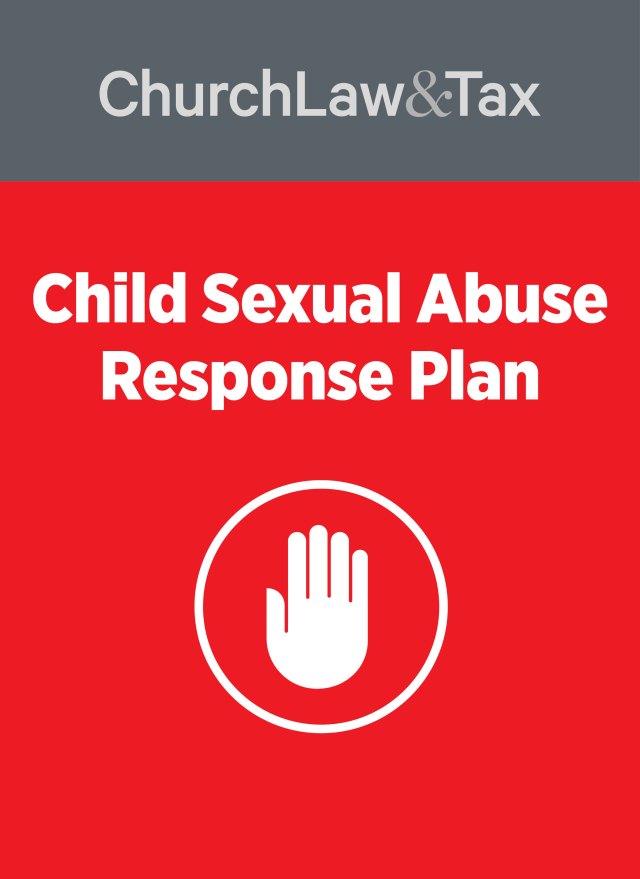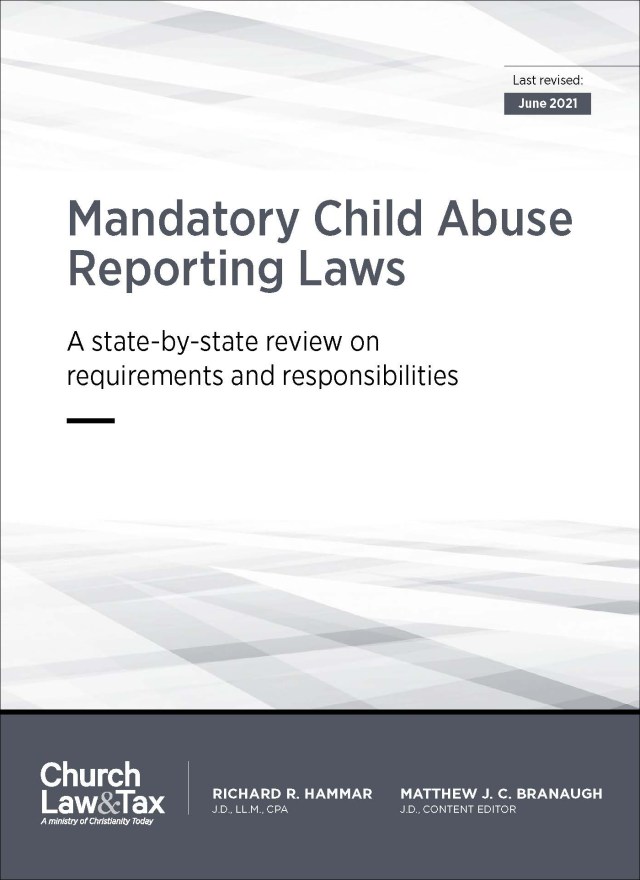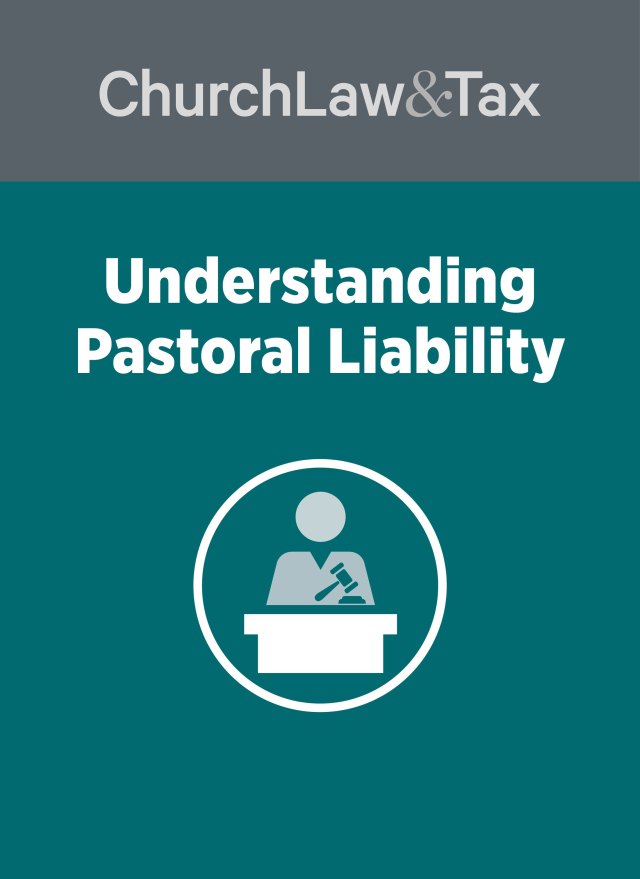• Key point: Minors who are sexually molested by church workers may not sue their church after the statute of limitations has expired. Generally, the statute of limitations begins to run on a minor’s 18th birthday. In some states the statute of limitations does not begin to run until an adult survivor of child sexual molestation “discovers” that he or she has experienced physical or emotional suffering as a result of the molestation. Other states do not recognize this so-called “discovery rule.”
• A New Mexico court ruled that a Catholic diocese could not be sued by a 33-year-old woman who claimed to have been sexually molested by a priest when she was a minor. The woman alleged that her priest initiated sexual contact with her when she began working in the church office at age 15, and that she had sex with the priest weekly thereafter for the next 4 years. During this time the priest informed the girl that he had a venereal disease. She contracted the disease and sought treatment from her family physician. When she was 18, the girl became pregnant and obtained an abortion. The girl quit attending church and began to experience depression and suicidal tendencies. She saw a psychiatrist at this time, but said nothing of her affair with the priest. While the girl often protested to the priest about their relationship, the relationship persisted until the girl was nearly 21. At this time the girl fell in love with the man she would later marry. The priest became furious when she informed him that they no longer could have a sexual relationship. In several emotional conversations she asked him to continue a nonsexual relationship, but he responded that there would be no friendship without sex. She later testified that terminating the relationship was “hideously painful” for her. When she was 21, the woman saw a psychologist for disabling depression. In 1991, when she was 33 years old, the woman began seeing another psychologist to whom she disclosed her prior relationship with the priest. The psychologist identified the relationship as the source of the woman’s severe psychological problems. The woman sued her diocese, church, and the former priest that same year. A trial court dismissed the case on the ground that it was barred by the state “statute of limitations” (the law specifying the time period during which a lawsuit must be brought). Under New Mexico law, a lawsuit generally must be brought within 3 years of the date of an injury. The court rejected the woman’s argument that the statute of limitations did not begin to run until she “discovered” that her psychological problems were caused by the relationship with the priest, and that this did not occur until 1991 during counseling. The woman appealed, and a state appeals court agreed with the trial court that the lawsuit had been brought too late. The court observed: “[The woman’s] acquisition of a venereal disease and her pregnancy leading to an abortion were sufficiently substantial injuries that once she knew that they were caused by [the priest] the [statute of limitations] period would no longer be delayed by the discovery rule.” The court concluded:
[R]egardless of whether [the woman] knew or should have known of the severe psychological damage caused by [the priest’s] alleged misconduct [she] knew and should have known well before the limitations expiration date that the alleged misconduct had caused her other substantial injury. The limitations period is not tolled simply because a plaintiff does not know the full extent of her injuries; the statute begins to run once she knows or should know the sufficient facts to constitute a cause of action.
The court also rejected the woman’s claim that the statute of limitations should not begin to run until she appreciated the wrongful nature of the priest’s conduct, and that this did not occur until her most recent counseling sessions in 1991. The court noted that knowledge of the wrongful nature of the priest’s actions was not required to start the statute of limitations. Further, the court rejected the woman’s claim that she did not appreciate the wrongful nature of the priest’s conduct until 1991. Martinez-Sandoval v. Kirsch, 884 P.2d 507 (N.M. App. 1994).
• Key point: A church can assume such a duty in a number of ways, including an oral or written agreement with a minor’s parents; assurances set forth in brochures or other church publications; voluntarily agreeing to escort minors from the bus to their home or other place of destination; or, voluntarily agreeing to observe minors who exit a vehicle until they are safely inside their home or other destination.
• Key point: This case also suggests that a church may be legally responsible for a minor’s criminal assault even if it was not aware of any previous violent or aggressive propensities by the assailant, so long as the church was aware of such propensities on the part of one or more other minors in the same group.
See Also: Seduction of Counselees and Church Members | Negligent Selection | Negligence as a Basis for Liability – Defenses | Cases Finding Denominations Not Liable
© Copyright 1995, 1998 by Church Law & Tax Report. All rights reserved. This publication is designed to provide accurate and authoritative information in regard to the subject matter covered. It is provided with the understanding that the publisher is not engaged in rendering legal, accounting, or other professional service. If legal advice or other expert assistance is required, the services of a competent professional person should be sought. Church Law & Tax Report, PO Box 1098, Matthews, NC 28106. Reference Code: m67 m39 c0495




